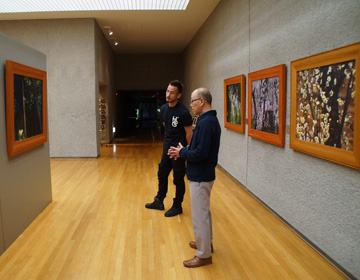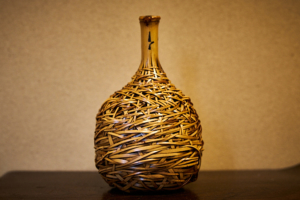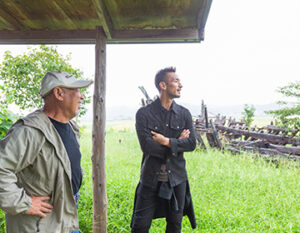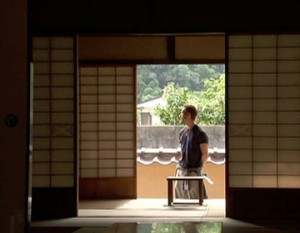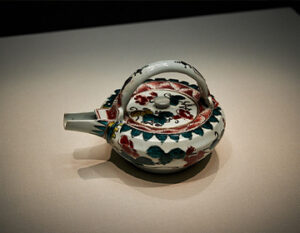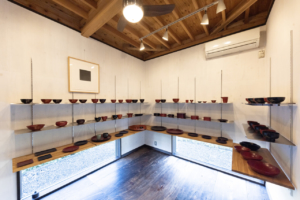Ken Domon, Photographer
The technology for photography is said to have first reached Japan in the Edo era in Nagasaki. And it was in Yokohama, another place that symbolized the opening of the country to the world, where the first photo studio appeared. As the nation progressed from Taisho to Showa eras, domestic cameras started to appear. A lot of camera and related equipment appeared on the market, and many photographic expressions started to appear. Photography, which has become such an integral part of our lives today, is a culture that has grown rapidly in the modern era. One of the giants in that culture who cannot go unmentioned in Japanese history of photography is Ken Domon.
Ken Domon was born in 1909 in Sakata, Yamagata Prefecture and grew up in downtown Tokyo. He spent is younger days as an art enthusiast. In his late 20’s when he started is career in photography, his media range was newspapers and magazines, and he was mainly involved in journalism.
While photographing buddhist statues and portraits of people, he established the concept of ”social realism” through his photography of Hiroshima, poverty, and people in many different situations, and continued publishing his work. He is also highly regarded as an essayist for conveying his unique aesthetics and deep knowledge in words.
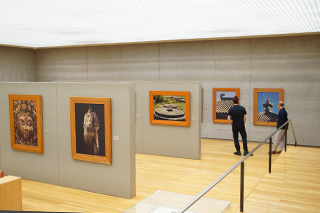
World’s first museum for an individual
The Ken Domon Museum of Photography opened in October 1983 as the world’s first museum of photography dedicated to an individual. When Domon was designated as Sakata’s first honorary citizen, he offered to donate all of his works to the city. The day we visited the museum, the exhibition ”Domon Museum 30th Anniversary Exhibition — Aesthetics of Ken Domon — The strong and beautiful” was being held. In the exhibit room, large sized prints were displayed. Kazuo Komatsubara, the head of secretariat. showed us around the the museum. ”The series of works in this exhibit are selected around the theme ”Domon Aesthetics” he said.
As he listened to Komatsubara, Nakata stopped in front of a photograph of Eihoji Temple , Kaizando Pavilion. ”This building is amazing, but perhaps the impression you get from it may be a little different from the photograph than when you actually see it. ” said Nakata. ”I agree” replied Komatsubara. ”Domon had a way to interact with his subject. He often shot close-ups. Sometimes the photograph made an impression so strong that you actually think that it was a big statue when the actual object was a very small one.” All the photographs on display, be it statues, nature, or buildings, one could tell that the objects were intensely observed and dynamically photographed. We were given special entry in to the storage room that day. ”The number of Domon’s work is enormous. We change our display about 5 times a year, but still it will take years to see all of them.” said Komatsubara.
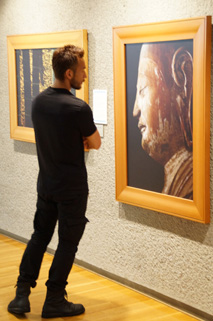
“Experiencing works” only possible at the museum
There is actually another feature to note at the museum. The museum building, harmoniously overlooking Mount Chokai was designed by the architect Yoshio Taniguchi. And the garden is by Hiroshi Teshigawara, head of the Sogetsu School of Flower arrangement, and the sculptures and the bench by Isamu Noguchi, both friendsof Domon, who presented them. So the entire museum carries the aesthetics of the artistic heroes of the age.
”Rather than presenting his works in an exhibition format, Domon always thought about publishing his works as a photo book and having as many people look at the work. ” As Komatsubara explained, Domon published many photo books. ”Hiroshima”, ”The Children of Chikuho”, ”Pilgrimage of Old Temples (Koji Junrei) ” are some of the collections that are still available.
However, the real beauty of the museum is in the fact you can ”meet” the individual ”work” on its own, not as a part of a book. The works of Ken Domon, who kept on photographing Japan throughout his career, has an underlying current of beauty that every age can identify with. A recommended visit, even if you are not a photography fan in particular. (The visit was made in July 2013. Please check the Museum website for the latest information on exhibits. )




